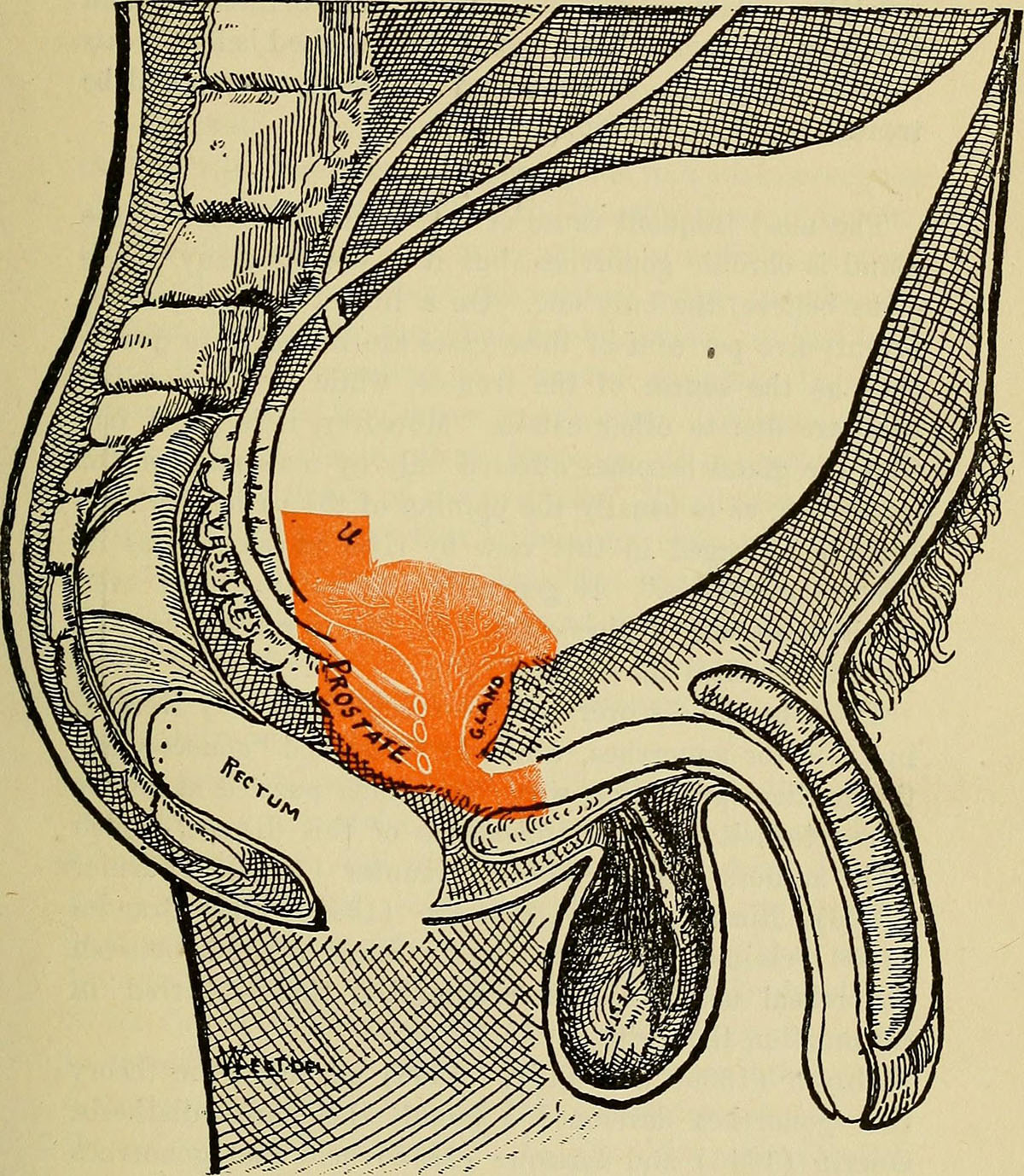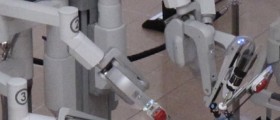
Prostatitis is referred to as microscopic inflammation of the prostate, a gland that plays an important role in reproduction. Fluid excreted by the prostate makes for roughly one third of man's ejaculate and its properties help sperm cells to survive the journey through female reproductive organs and reach the egg. Chronic inflammation of the prostate is expressed on a microscopic level, in parts of the prostate tissue. Chronic prostatitis can be caused by bacteria and is treated with antibiotics, but some cases (the most common, actually) of chronic prostatitis are not caused by infection. Typical symptoms of chronic prostatitis include problems with erections, poor urinary function and pain in the prostate.
Treatment for chronic prostatitis
There various non-surgical treatments for chronic prostatitis, whose results vary from person to person and can provide some or no relief at all. Surgical methods (basically, removal of the prostate) that were used include TURP - transurethral prostatectomy (prostate is aggressively scraped and the tool used for scraping is inserted through the penis), and laparoscopic surgery, mostly in people for whom TURP did not work.
Laparoscopic radical prostatectomy
This is a minimally invasive surgical procedure. This means that, for the same purpose, it is much less invasive that open surgery (instruments enter the body through natural openings or through a minimal cut), and that minimal damages are done to the tissue at the entry point of the surgical instruments. Used instruments are very small and a micro-camera is used to observe and control everything in the surgical field. For specific details about the exact technique and procedure, you should ask your surgeon.
Risks
As is case with all surgeries, there are possible risks and side effects involved. These include cardiovascular complications such as heart attack and blood clots, conversion to open surgery in case of complication, unintended injury to nearby organs, scarring of the neck of the bladder, pain and bleeding, impotence, incontinence, and even persistence and recurrence or worsening of symptoms. Fortunately, serious complications affect a minute percent of patients that undergo laparoscopic radical prostatectomy.
Usual course
For most patients, laparoscopic radical prostatectomy causes minimal bleeding and minimal pain, and painkillers are usually taken only in the first 24 hours after surgery. Recovery time form the surgery is typically fast, but that mostly depends largely on organism's ability to heal and may vary from patient to patient. Patients generally experience immediate relief of symptoms.

















Your thoughts on this
Loading...